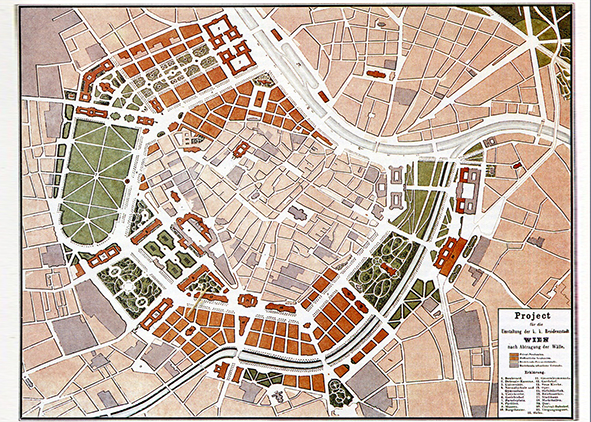The Wagnerschule (Vienna 1894-1912): Wagner and the Moderne Architekture
DOI:
https://doi.org/10.19229/2464-9309/362018Keywords:
teaching, Wagnerschüle, academy, moderne architectureAbstract
Otto Wagner, between 1894 and 1912, carries out a vertical reform of that principle of the reorganization of the visible which is one of the cornerstones of the Art Nouveau aesthetic revolution. Unlike other Modernist protagonists, the core of pupils of his school (including Hoffmann, Plečnik, Deininger, Schönthal, Hoppe, Fuchs), as well as his assistants (among whom J. M. Olbrich stands out) and the external supporters (applies to all the case of M. Fabiani), although not differentiated on the level of interdisciplinary orientation are distinguished, given the formation, for a peculiar academic footprint of their preparation modern such as to allow them to achieve heterogeneous results on the formal but consistent as regards the method (for the architectural arrangement) and the variables of an even wide range of figural codes; a profile recognizable over time and that has allowed Wagnerschule, despite its being a niche phenomenon, to mark a decisive turning point in the culture of the project of the Contemporary Age.
Downloads
Article Metrics Graph
References
Godoli, E. (2007), “L’architettura Art Nouveau negli archivi europei”, in AAA ITALIA – Associazione Nazionale Archivi Architettura Contemporanea bollettino, n. 7, pp. 43-44.
Hutter, H. R. (1984), “La Secessione viennese – Storia di un’associazione di artisti”, in Marchetti, M. (ed.), Le arti a Vienna – Dalla secessione alla caduta dell’impero asburgico, catalogo della mostra, Venezia, Palazzo Grassi, 20 maggio-16 settembre 1984, Edizioni La Biennale di Venezia, pp. 91-95.
Nerdinger, W. (1988), Theodor Fischer-Architekt und städtebauer, Wilhelm Ernst, Berlin.
Pepe, D. (1989), “Il Circolo Filosofico di Vienna”, in De Masi, D. (ed.), L’emozione e la regola, Laterza, Bari, pp. 183-206.
Pozzetto, M. (1986), Max Fabiani (1865-1962), catalogo della mostra, Gorizia, Musei Provinciali di Palazzo Attems, 24 settembre-23 novembre 1986, Biblioteca Cominiana di Casier (TV).
Pozzetto, M. (1979), La scuola di Wagner 1894-1912 – Idee-Premi-concorsi, catalogo della mostra, Trieste, Comune di Trieste.
Schorske, C. E. (1981), Vienna fin de siècle, Bompiani Editore, Milano.
Wurzer, R. (1986), Planung und Verwirklichung der Ringstrassenzone in Wien, Technische Universität, Wien.
Sessa, E. (2014), “Architettura modernista nel Mediterraneo”, in Pavan, G., Barillari, D. and Valcovich, E. (eds), Trieste Mitteleuropa Mediterraneo – Marco Pozzetto, storico dell’architettura, Atti del convegno, Società di Minerva, Trieste, pp. 79-92.

Downloads
Published
How to Cite
Issue
Section
License
This Journal is published under Creative Commons Attribution Licence 4.0 (CC-BY).
License scheme | Legal code
This License allows anyone to:
Share: copy and redistribute the material in any medium or format.
Adapt: remix, transform, and build upon the material for any purpose, even commercially.
Under the following terms
Attribution: Users must give appropriate credit, provide a link to the license, and indicate if changes were made; users may do so in any reasonable manner, but not in any way that suggests the licensor endorses them or their use.
No additional restrictions: Users may not apply legal terms or technological measures that legally restrict others from doing anything the license permits.
Notices
Users do not have to comply with the license for elements of the material in the public domain or where your use is permitted by an applicable exception or limitation.
No warranties are given. The license may not give users all of the permissions necessary for their intended use. For example, other rights such as publicity, privacy, or moral rights may limit how you use the material.


















































































